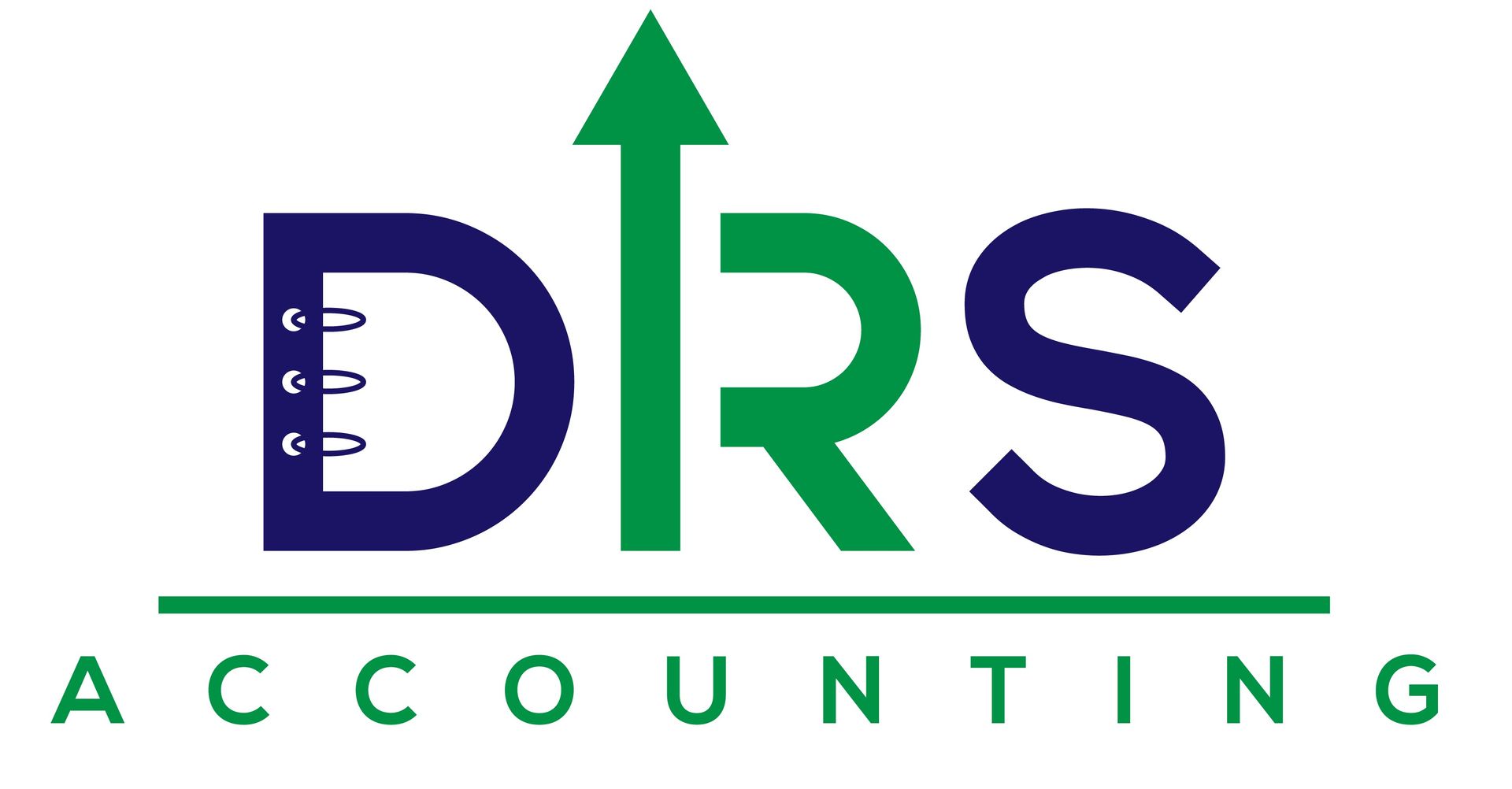New Charitable Deduction Rules Coming in 2026: What They Mean for You
Big changes are coming to the way charitable donations are deducted on your taxes, starting in 2026. If you give to charity, you’ll want to know how these new rules work so you can plan ahead and maximize your tax savings.
The Big Change: 0.5% AGI Floor for Itemizers
Beginning in 2026, if you itemize deductions on your tax return, you can only deduct charitable contributions that exceed 0.5% of your Adjusted Gross Income (AGI).
For example, If your AGI is $100,000, the first $500 you donate in a year won’t be deductible. Only the donations above that $500 threshold can be written off. This is usually called a "floor", small donations below it simply won’t count toward your itemized deduction total.

Two Other Key Changes in 2026
1. New deduction for non-itemizers
If you take the standard deduction instead of itemizing, you’ll be able to deduct up to:
- $1,000 in cash donations (single filers)
- $2,000 for married couples filing jointly
This is new, meaning even if you don’t itemize, you can still get a small tax break for charitable giving. But note: this only applies to donations to qualifying charities.
2. Limit on deduction value for high earners
If you’re in the top tax bracket, the value of your itemized deductions will be capped at 35% of the deduction amount.
Example: If you donate $30,000 and are in the top bracket, your tax savings from that deduction will be limited to $10,500 (35% of $30,000).
Examples
- If you itemize
AGI = $120,000; gifts = $1,200 → First $600 not deductible; $600 deductible.
- If you take the standard deduction
AGI = $80,000; gifts = $900 → Entire $900 deductible under new non-itemizer rule.
- If you’re a high earner
AGI = $600,000; gifts = $30,000 → First $3,000 not deductible; $27,000 deductible, but limited to 35% tax benefit.
Why This Matters for Your Tax Planning
If you make frequent small donations and itemize, you might not get a tax break for the first part of your giving anymore. On the other hand, non-itemizers now get a small deduction for the first time in years.
Tip from DRS Accounting PC:
Strategic giving can help you stay above the new threshold. For example, “bunching” multiple years’ donations into one tax year may help you maximize your deductions.
QCDs to the Rescue
If you’re 70½ or older, you can make a Qualified Charitable Distribution (QCD) directly from your IRA, to a qualified charity.
QCDs stand out because They aren’t subject to the 0.5% AGI floor or the 35% cap on itemized deduction value, plus:
- They reduce your AGI, which can help with Medicare income thresholds, Social Security taxation, and other phaseouts.
- They count toward your Required Minimum Distribution (RMD) without increasing taxable income.
That makes QCDs a very efficient way to give, especially under the new 2026 rules.
Bottom Line
The 2026 changes slightly reduce the tax benefit for itemized charitable deductions but open a new opportunity for non-itemizers. With smart planning, you can still make the most of your giving.
At DRS Accounting PC, we help clients navigate tax law changes so they can donate while keeping more of their hard earned money. If you’d like a personalized giving strategy, book a free consultation.



